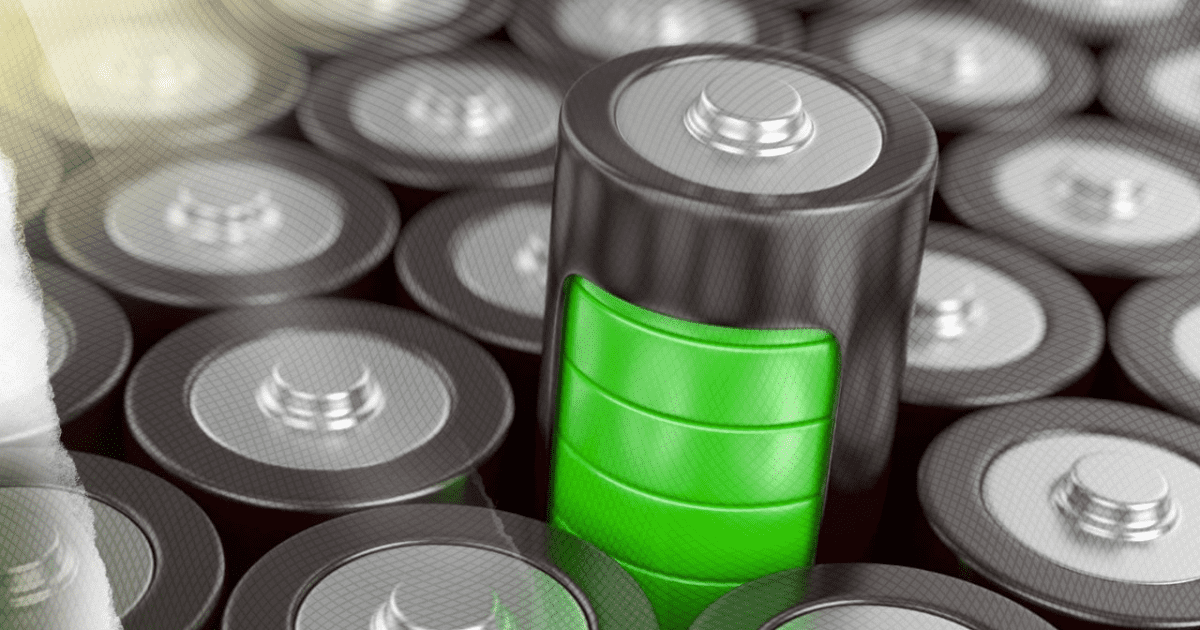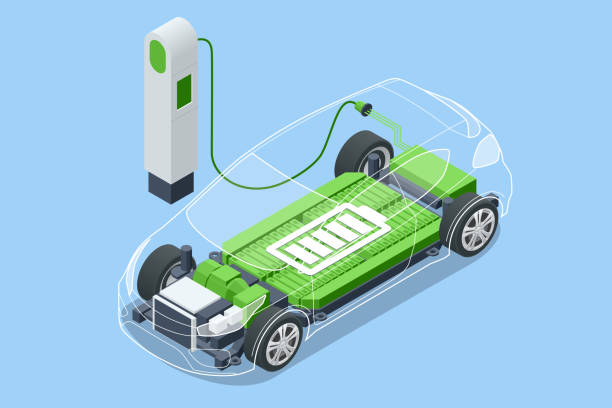Electric Vehicles (EVs) are rapidly emerging as the future of transportation, offering a cleaner and more sustainable alternative to traditional fuel-based vehicles. As the global push for reducing carbon emissions and fossil fuel dependency intensifies, EVs are positioned at the forefront of this shift. With strong government support, growing infrastructure, and rising consumer awareness, India is set to become a global leader in the EV industry.
Why Electric Vehicles?
The primary motivation behind the rise of EVs is the need to reduce fossil fuel consumption and emissions. Traditional fuel-based vehicles contribute significantly to environmental pollution, with the transportation sector accounting for nearly 50% of global CO₂ emissions. Poor air quality caused by vehicle emissions has become a major public health concern, leading to respiratory issues, cardiovascular diseases, and other complications.
EVs, powered by advanced battery technology from leading EV battery manufacturers like AKIRA, offer a cleaner alternative by eliminating tailpipe emissions. These batteries play a crucial role in vehicle efficiency, range, and performance, making them the foundation of sustainable transportation. By shifting towards EVs and investing in cutting-edge battery technology, India is paving the way for cleaner air, lower greenhouse gas emissions, and enhanced energy security.
Government Initiatives and Support
The Indian government has introduced several policies to promote EV adoption and strengthen the domestic manufacturing ecosystem, especially for EV battery manufacturers. Two key initiatives driving this growth are:
1. FAME II (Faster Adoption and Manufacturing of Electric Vehicles in India)
Launched in 2019, the FAME II scheme provides financial incentives to both manufacturers and consumers to encourage EV adoption. It covers electric two-wheelers, three-wheelers, four-wheelers, and buses, ensuring the transition to electric mobility is both accessible and affordable.
2. Advanced Chemistry Cell (ACC) Production Linked Incentive (PLI) Scheme
The ACC PLI scheme aims to boost domestic EV battery manufacturing and reduce reliance on imports. EV battery manufacturers like AKIRA are actively contributing to this initiative by developing high-performance, long-lasting batteries that enhance vehicle efficiency and affordability. This initiative is expected to strengthen India’s position in the global EV market and lower costs for consumers.
Vision for a Sustainable Future
India has set a target of achieving 30% EV penetration by 2030, aligning with the broader vision of Viksit Bharat 2047, which envisions a developed and environmentally sustainable nation by 2047.
The EV battery market, driven by innovative manufacturers such as AKIRA, is a crucial part of this transition. Efficient battery technology directly impacts vehicle range, charging time, and cost-effectiveness. With projections estimating the EV market to reach $210.8 billion by 2033, this sector is set for exponential growth, driven by technological advancements and government incentives.
Investment in Commercial EVs
To enhance the efficiency of commercial transportation, the government has allocated ₹500 crores each for the development of electric trucks and ambulances. These vehicles contribute significantly to emissions, making their electrification a key priority. Electric trucks powered by AKIRA batteries are expected to lower operational costs for logistics companies, while electric ambulances equipped with high-capacity AKIRA batteries will improve response times and reduce the carbon footprint of medical services.
Expanding EV Charging Infrastructure
A major challenge in EV adoption is the availability of charging stations. To address this, the government is investing in a nationwide EV charging network. Alongside this, EV battery manufacturers like AKIRA are developing fast-charging technology, improving vehicle range and ensuring smoother long-distance travel.
Private companies are also working alongside the government to expand charging infrastructure and battery-swapping stations. Integrating renewable energy sources into the charging network further strengthens the sustainability of the EV ecosystem.
Conclusion
The transition to EVs marks a significant step toward a sustainable and self-reliant transportation system. With strong government backing, rapid technological advancements in battery technology, and increasing consumer acceptance, India’s EV industry is poised for substantial growth.
As the sector moves toward a projected $210.8 billion market by 2033, EVs are not just reshaping transportation—they are driving India toward a cleaner and more sustainable future.
Join the EV Revolution
Whether you are a consumer, investor, or entrepreneur, now is the time to be part of India’s EV transformation. Explore the latest innovations from top EV battery manufacturers like AKIRA, including advanced battery technology and charging solutions.
Together, we can accelerate the journey toward a greener tomorrow.


